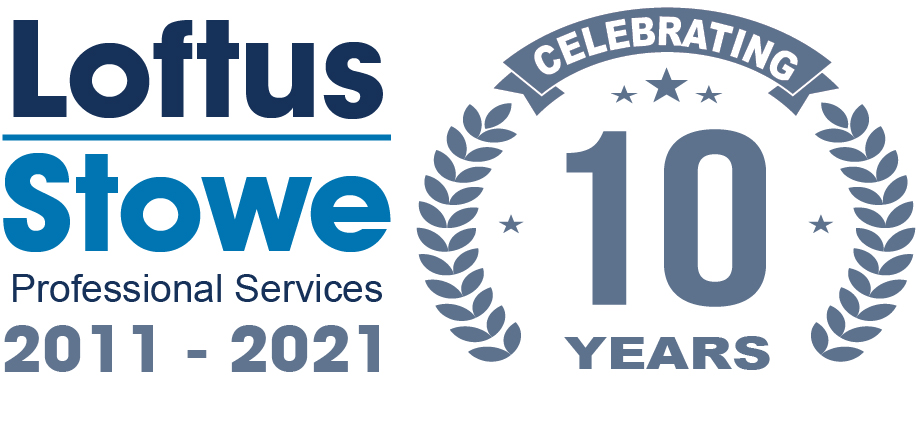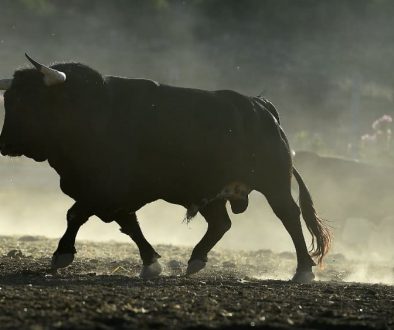With many FTSE 100 stocks offering yields of 5% and 6% or more, investors mayturn their noses up at those paying more modest dividends. Yet it is often worth accepting lower-income prospects in return for potentially higher growth. Does that apply with these three?
BT Or Not BT?
I recently describedBT Group (LSE: BT-A) as one of the unsung heroes of the FTSE 100 but itsincome streamisnt quite so gallant, yielding a timid 2.68%. Few investors will be complaining, especially given five-year share price growth of 188% and managements spirited display in taking on Sky Sports Premier League coverage. Sky looked to have footie rightsall sewn upuntil BTs match-winning intervention.
BTis taking a similar tilt at the fast-growing quad-play combined digital TV, broadband, landline and mobile market, throughits 12.5bn purchase of EE. That hefty price tag is largely being covered by stock, which means BT should have enough in its coffers to keep up the pressure on Sky. Earnings per share areforecast to fall by 3% next year but revive in 2017, growing a forecast 7%. BTs bold attempts to grab share in two major markets should leave investors optimistic of more growth to come.
Drinks Drive
Global drinks giant Diageo (LSE: DGE) yieldsa less than intoxicating3% but at least it is neatly covered 1.6 times. The companys dividends havedisappointed for years yet management has been moreprogressive thanyou might think, liftingthe dividend from 40.4p in 30 June 2011 to a forecast 58.23p in June 2016. That is a rise of 44% over five years. During the same time, the share price rose 61%.
The share price growth number is slightly flatteringas it is largely a hangover fromthe glory growth years under former chief executive Paul Walsh. Over the last three years, the share price is up just 4%, against 10% across the FTSE 100. Current chief Ivan Menezes has raised beenselling off non-core assets as he looks to builda smaller core portfolio. This is the reverse of Walshs acquisition spree, and like Menezes Drink Better premium brands strategy, it doesnt seem to hold such exciting growth prospects. More conservativeattitudes to drinking couldpoint to a tougher future for the group.
Grub Up, Clothing Down
The lowyield isnt the only concern for investors in Marks & Spencer (LSE: MKS), its perenniallyout-of-season clothing division has been a worry for years. Food glorious food has helped liftthe share price 36% in the last five years, but thatstill feels disappointing, especially given the dowdy yield of just 2.14%.
Marks recent half-year results show that once again, food has outperformed general merchandise. The company is leading the way in onemarket, where it understands what aspirational customers want, whiletrailing embarrassingly in the latter, where it doesnt. Clothing margins may improve now chief executive Marc Bollands pricey overhaul of the companyssourcing and distribution network is complete but until management works out how to woo the fashion-conscious young, I will let the stock stay on the shelf. Especially at 16.39 times earnings.
If you fancy a higher dividend income stream, it helps if you know where tolook.
Thelatest Motley Fool FREE wealth creation report canshow you the way to earning higher dividend income by picking out5 of the best FTSE 100 stocks you can buy today.
All five stocks are ideally placed to deliver a heady combination of generous dividend payouts and long-term share price growth over the years ahead.
To find out their names and see how they could help you secure a comfortable retirement, simply download the documentThe Motley Fool’s 5 Shares To Retire On. The report won’t cost you a penny, soclick here now.
Harvey Jones has no position in any shares mentioned. The Motley Fool UK has no position in any of the shares mentioned. We Fools don’t all hold the same opinions, but we all believe that considering a diverse range of insights makes us better investors.





